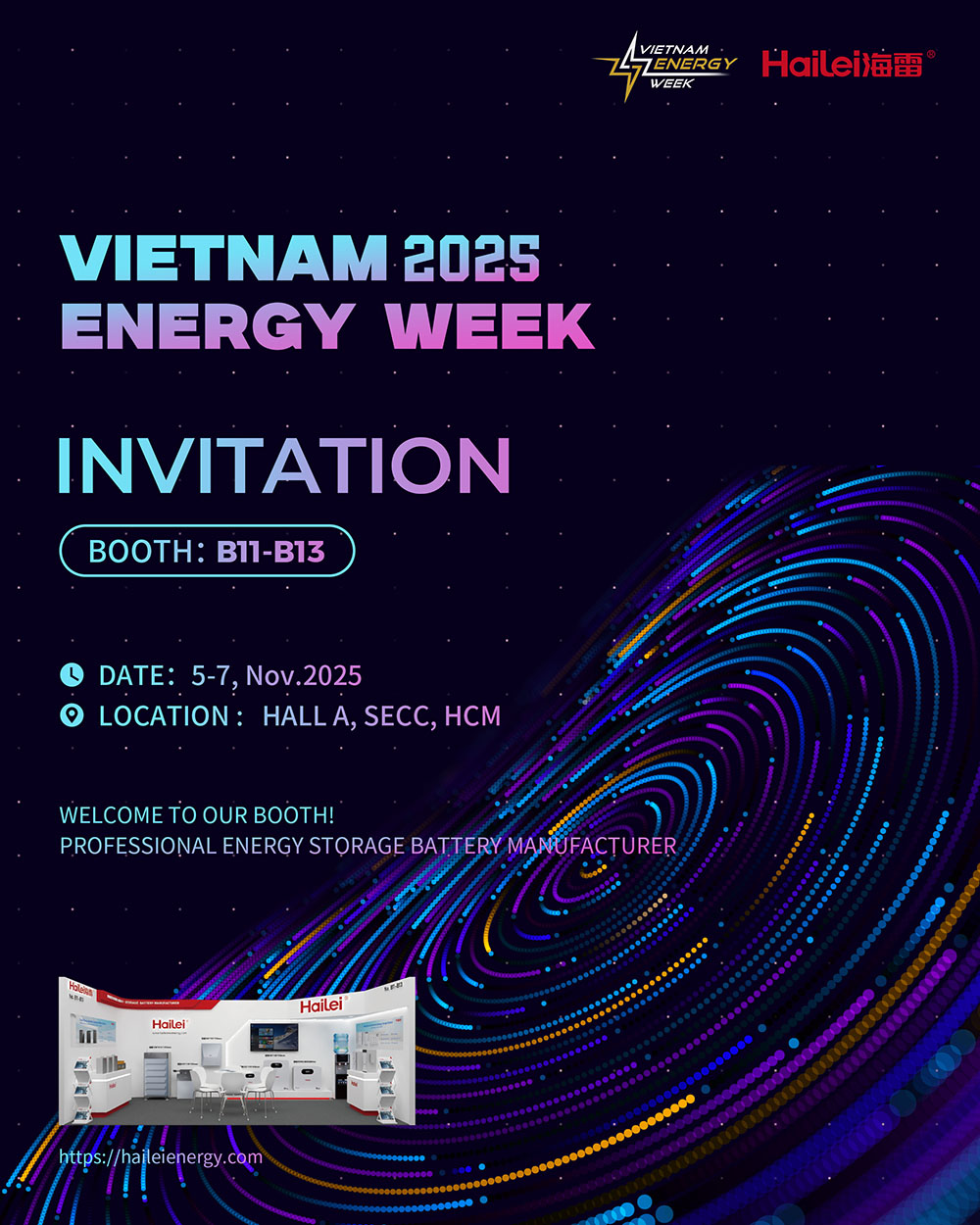Time:Dec 27, 2022 Views:615
market demand
At the end of the "Twelfth Five Year Plan", the first requirement is 180 watt hours/kg, and the second requirement is 125 watt hours/kg for plug-in type. Since undertaking the national "Twelfth Five Year Plan" scientific and technological innovation projects, the two have successfully achieved mass production. After the efforts of the next five years, by 2020, the energy density of China's power battery products will reach the goal of 300 watt hours/kg to 350 watt hours/kg, and mass production will be achieved under the original five performance requirements. In addition, there will be a great application in the future, which is to realize fast charging power battery. In this regard, our goal is to fully charge the battery in 10 minutes, and in 10-15 minutes, we will have a 4C charging capacity.

The technical realization of 12V or 48V start stop batteries for micro hybrid applications can cover the needs of electric vehicles and energy storage applications in China in the future, including cost, life and performance.
Energy storage technology has broad market
In order to improve the environment and ensure the development of energy, there will be two very important trends. One is at the energy generation end. The proportion of clean energy will certainly start to increase, including nuclear power, photovoltaic, wind energy and bioenergy. In addition, at the energy consumption end, equipment such as fossil energy will gradually be electrified and replaced by electrical equipment. Electric vehicles are a very typical example, where oil is used instead of electricity. Once these two trends are formed, energy storage will play a very central role in them. Lithium battery, as a means of energy storage in a broad sense, has very good advantages and is also the best choice in the market. Because this large-scale industrial chain is gradually forming, it is directly pure electricity, so the efficiency is relatively high. At the same time, the technology with super long service life will soon mature. Because we are now pursuing that the single cell can achieve 15000 cycles, which means that its service life is more than 20 years. Its response speed and applicability to the environment are superior to others. Therefore, energy storage technology and equipment have a very broad market in the future world.
So from the perspective of energy storage, almost every link can be used from power generation, transmission to distribution and power consumption. In the future, under the condition of energy conservation and emission reduction, energy conservation and consumption reduction, and the increasing proportion of clean energy, energy storage can be used wherever there is useful electricity in theory.
A very critical factor of energy storage business is the reliability of the product and its service life. Basically, the intelligent operation in the future should be maintenance free, with a service life of 20 years. At the same time, large-scale and standardized production should be carried out to reduce costs. The most important thing is to form the industry of cascade utilization. Because if the power battery can achieve its mission life of 20 years, it can be used in electric vehicles for 8 years or even 10 years. The battery can be completely recovered at a very low cost and used in the energy storage of the grid. This puts forward some very important requirements for us, that is, when designing the battery cell, we should have a long enough life and good enough performance. When making modules and electric vehicles, we should consider that future modules and battery packs of electric vehicles can be easily applied to the energy storage system. After the energy storage is used up, it will be uniformly recycled into raw materials and then used as the electric core. In this way, it is very likely to form a very complete industrial chain of recycling. Once this industrial chain is formed, it can produce very good economic benefits in every link, so it is a way of thinking for sustainable development.
Another point is about the cost of lithium batteries. For the energy storage system, how do you view its cost? In fact, we should now take a very simple view of a very complex problem. After the kilowatt hour electricity is saved here, you can return the kilowatt hour electricity to you. How much did it cost? You just need to care about it. As for the reliability and safety of the system, the manufacturer will do it. In 2010, according to the price, performance, cycle life and efficiency of lithium iron phosphate battery, including the cost of the entire converter system and management system, 1 kilowatt hour of electricity will be stored here, and then 1 kilowatt hour of electricity will be returned. The overall cost, the comprehensive cost of 1 kilowatt hour of electricity is 2.87 yuan, which means that this has no economic benefit if it is not required for stiffness. Through the efforts of colleagues over the years, 2015 is a year of change. The same lithium battery and the same system will be saved for 1 kilowatt hour and then returned for 1 kilowatt hour. The cost is 73 cents, which is based on the current situation. In fact, it will be better. If the battery of this electric vehicle is used for cascade utilization at a very low cost, the comprehensive electricity cost of the energy storage system will be very low in the future, which can create very good benefits.


X

Appointment Experience